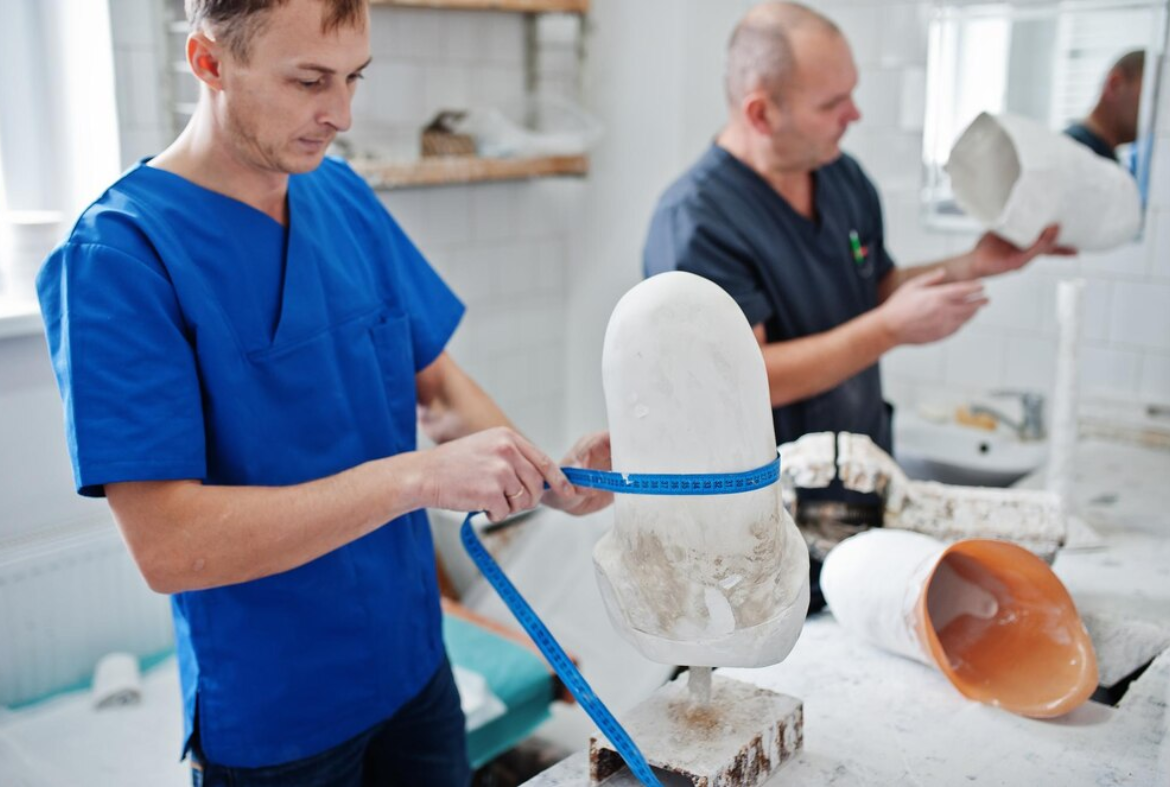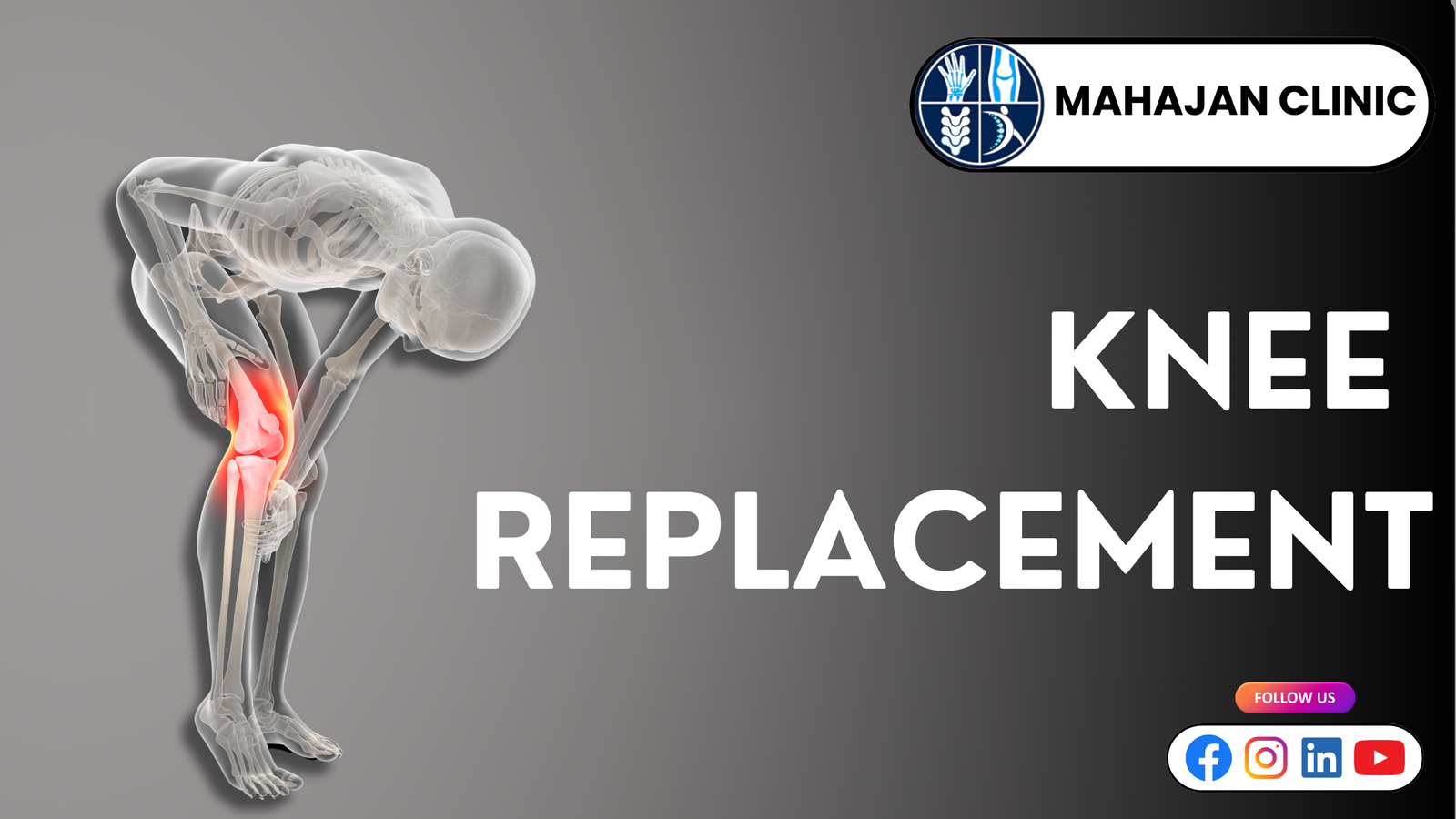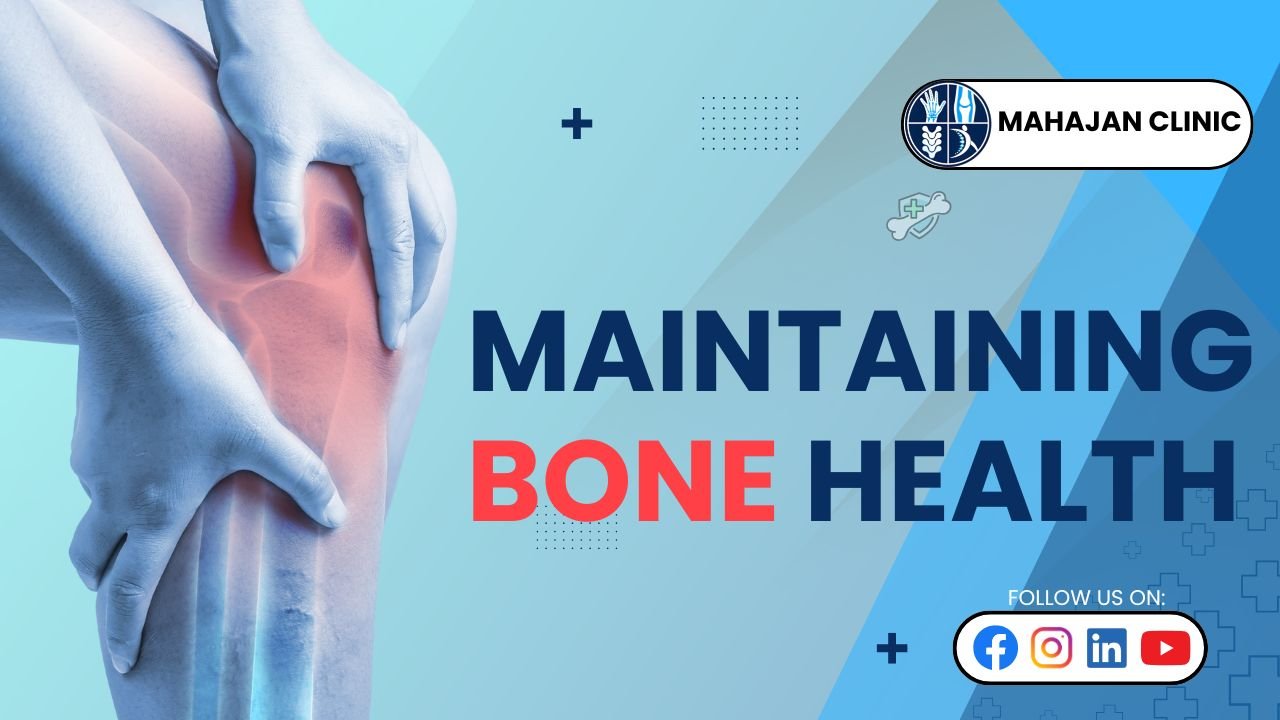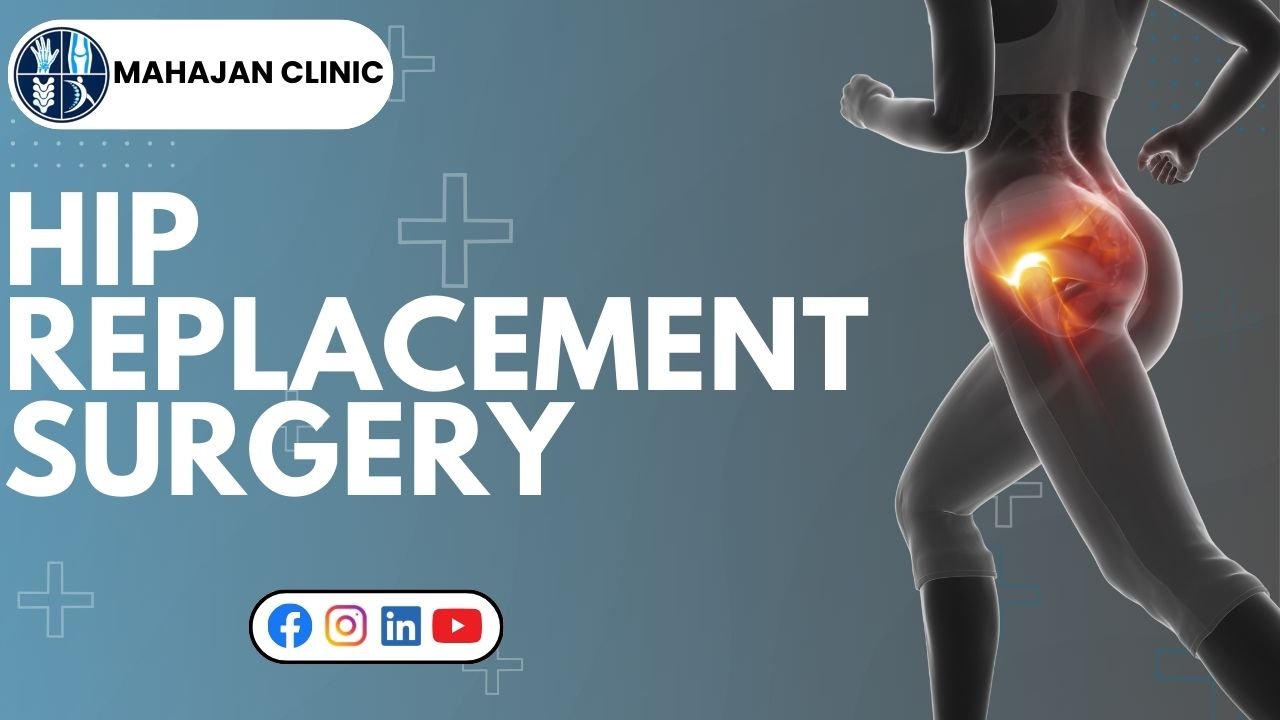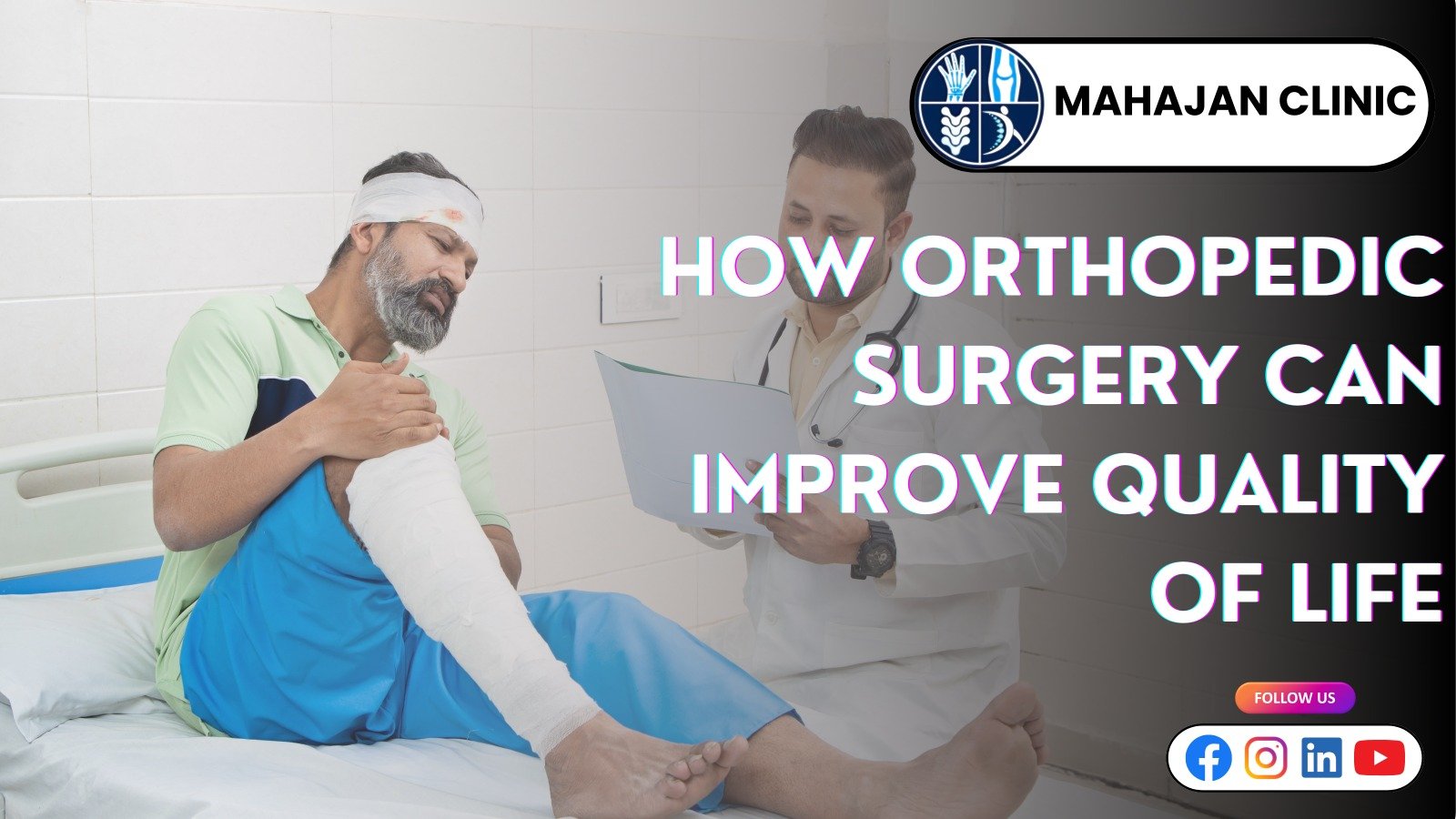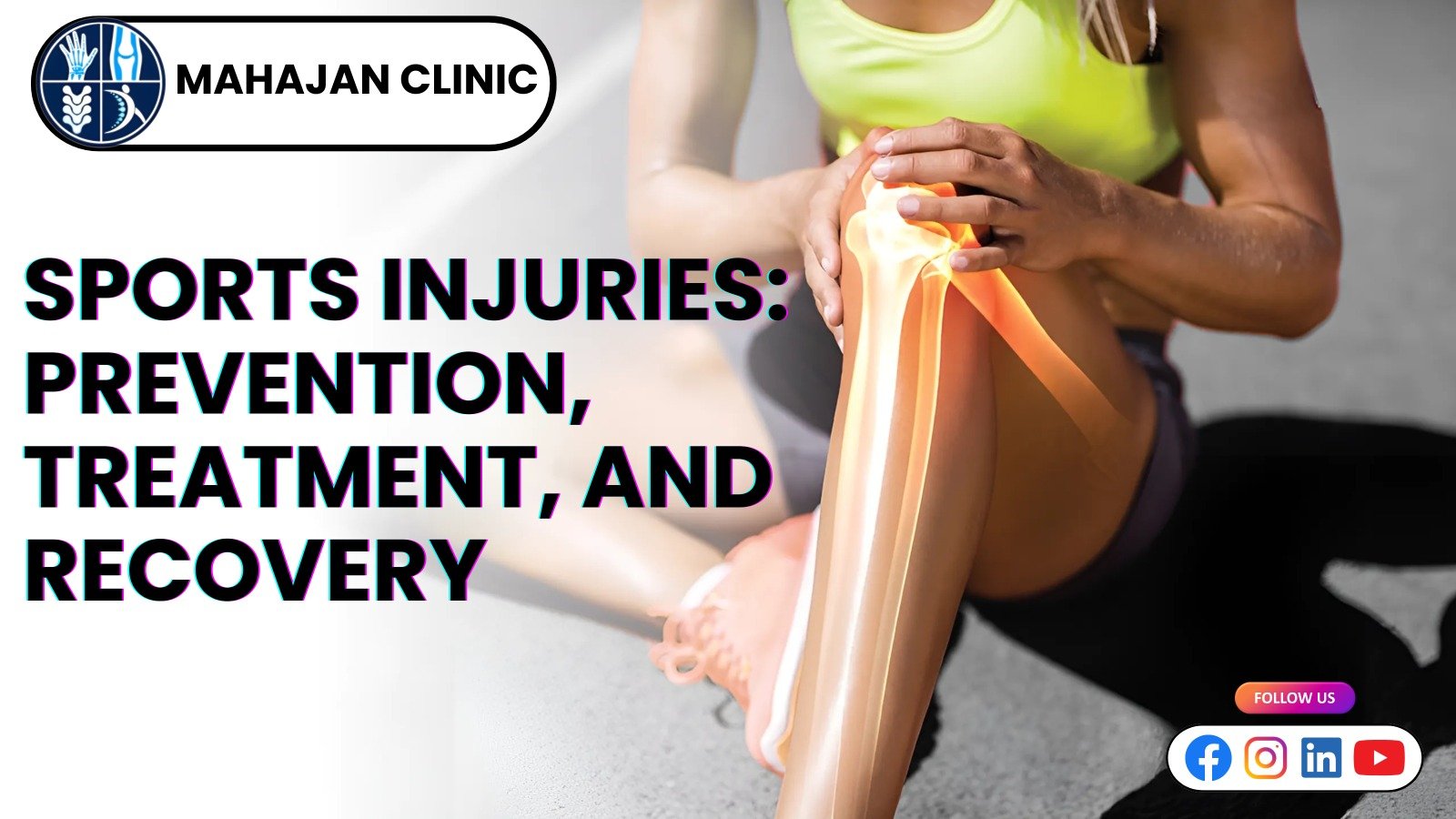Blog Details
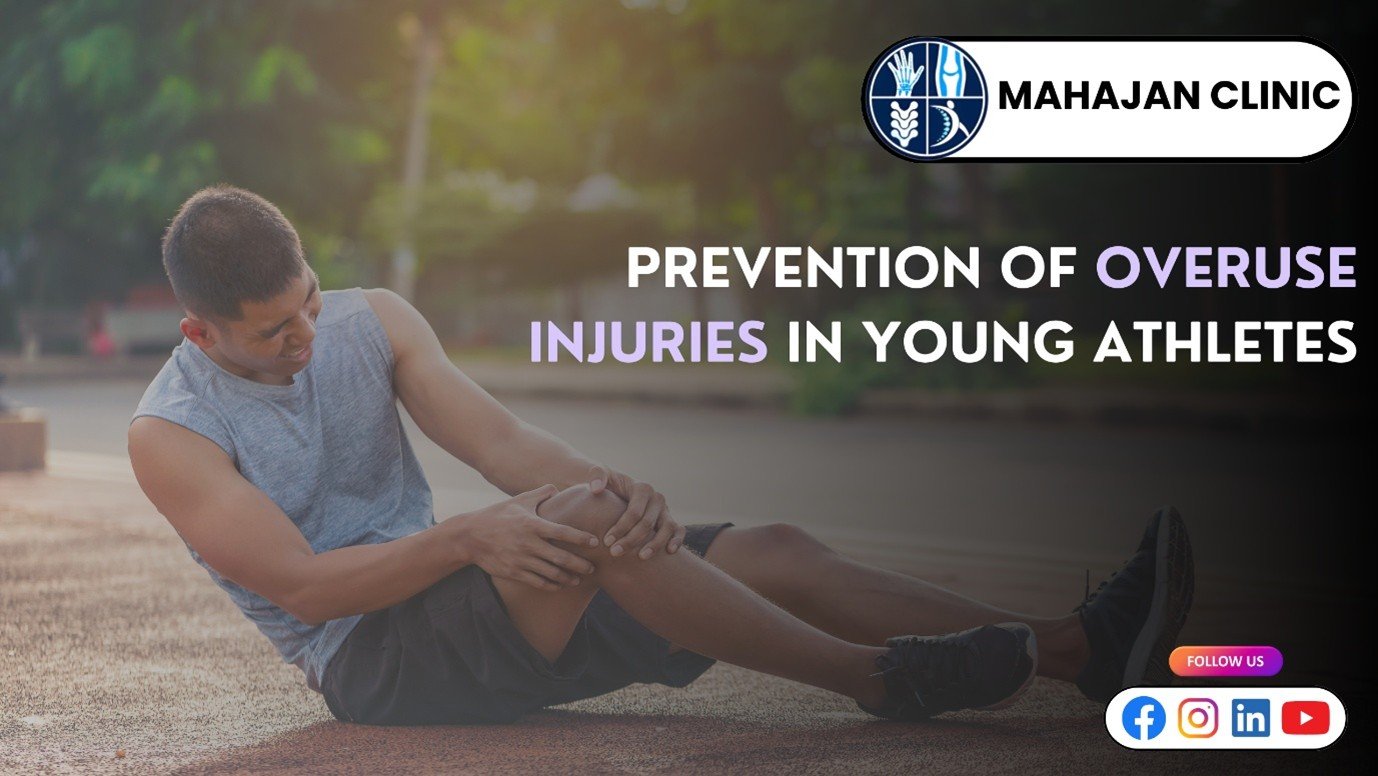
How to Prevent Overuse Injuries in Young Athletes
Playing sports is one of the healthiest ways for kids and teens to stay active. It fosters self-esteem, discipline, coordination, and teamwork. However, despite their many positive effects, sports can also be taxing on young, developing bodies. Young athletes today are more likely to sustain overuse injuries, which are brought on by repetitive stress without enough rest. Early detection and prevention of these injuries can safeguard a child's long-term health and athletic potential, according to Dr. Rakesh Mahajan at Mahajan Clinic.
Understanding Overuse Injuries
Overuse injuries develop gradually as opposed to acute injuries, which occur suddenly, such as a sprained ankle or broken bone. These are frequently brought on by insufficient recovery and repetitive motions. The following are the most typical overuse injuries among young athletes:
- Stress fractures
- Tendinitis
- Growth plate injuries
- Shin splints
- Little League elbow or shoulder
These injuries are frequently brought on by rigorous practice regimens, subpar technique, and pressure to become an early sports specialist. They can have long-term effects and even ruin an athletic career before it even starts if they are ignored.
Risk Factors to Watch For
Young athletes are more susceptible to overuse injuries due to a number of factors:
- Early specialization: Year-round concentration on one sport causes constant strain on particular joints and muscle groups.
- Lack of rest: The natural healing process is hampered when the body isn't given enough time to recover in between practices or games.
- Improper technique: Uneven stress is placed on the body by poor form brought on by insufficient training or exhaustion.
- Growth spurts: During periods of rapid growth, when bones, muscles, and tendons develop at varying rates, young athletes are particularly susceptible.
- Inadequate conditioning: Athletes might not have the strength or flexibility to sustain their training without a well-rounded fitness regimen.
Coaches and parents can make better decisions regarding training intensity, schedules, and required downtime by being aware of these risk factors.
Early Warning Signs
Due to fear of missing games or disappointing their team, young athletes frequently downplay or ignore their symptoms. Adults must therefore learn to recognize the subtle indicators that may point to overuse injuries. These consist of:
- Pain that worsens with activity but improves with rest
- Swelling or tenderness in a specific area
- Changes in form or performance (e.g., limping, avoiding certain movements)
- Stiffness after rest or in the morning
- Loss of interest in sports due to discomfort
Early detection of these symptoms can stop small problems from becoming significant setbacks.
Prevention Strategies
Here are effective ways to reduce the risk of overuse injuries in young athletes:
- Encourage multi-sport participation: This lessens repetitive strain and enables the use of various muscle groups.
- Build rest into the schedule: Make sure athletes get at least one or two days off each week.
- Limit weekly training hours: As a general rule, children shouldn't play sports for longer than their age each week.
- Emphasize proper technique: Spend time instructing proper posture and form under the direction of knowledgeable coaches.
- Warm up and cool down: Muscle preparation and recovery are facilitated by stretching both before and after an activity.
- Use age-appropriate equipment: The proper equipment enhances biomechanics and lessens strain.
- Stay hydrated and nourished: Properly fuelling the body promotes endurance and healing.
Cross-Training and Balanced Development
Promoting cross-training is one of the best strategies to avoid overuse injuries. Young athletes should participate in a variety of activities that target different body parts throughout the year rather than concentrating solely on one sport. In the off-season, a swimmer might try yoga or soccer, for instance. This type enhances general athleticism while also lowering repetitive stress.
Additionally, cross-training prevents mental burnout, which is a serious problem for kids who feel overburdened or under pressure to perform, and keeps sports enjoyable.
Role of Coaches and Parents
Parents and coaches, who spend the most time with young athletes, have the biggest impact on preventing injuries. They have to put the child's health ahead of their immediate success.
To reduce repetitive strain on muscles and joints, coaches should switch up their positions during practice. Additionally, they must teach athletes that rest is an important component of smart training rather than forcing them to push through pain or exhaustion.
Parents should keep an eye on their child's routine, ensure that they are getting enough sleep, and have candid discussions about their physical sensations. Don't dismiss a child's complaints of persistent discomfort as "growing pains"; instead, take them seriously.
Recovery and Return to Play
The athlete should cease activity and consult a doctor right away if an overuse injury is suspected. Playing through discomfort only exacerbates the illness. Physical therapy, rest, and in rare instances, surgery, are all possible forms of treatment.
Returning to sports should be done gradually after the pain has subsided. Before returning to full play, a methodical approach guarantees that the body has recovered its strength and range of motion.
Above all, the emphasis should change from "getting back fast" to "getting back safe and strong."
Building Mental Awareness in Young Athletes
One of the most overlooked components in preventing injuries in young athletes is teaching them to listen to their bodies. Youngsters frequently experience peer pressure, coach pressure, or internal motivation to "push through the pain." It's critical to teach young athletes the distinction between typical training fatigue and early injury symptoms.
A safer training environment is produced when the athlete and the adults around them communicate openly. No matter how small the discomfort may seem, parents should encourage their kids to voice it. On their part, coaches should refrain from fostering an environment where it is acceptable to play through discomfort.
Furthermore, physical strain can be intensified by mental stress. Athletes who experience emotional or academic stress are more likely to become distracted and adopt bad form, both of which raise the risk of injury. Maintaining the physical, mental, and emotional well-being of young athletes is greatly aided by a comprehensive support network.
A child who is well-rounded has a much higher chance of succeeding in sports and in life than one who is overtrained or sustains injuries at a young age. Therefore, the objective should always be long-term athletic development rather than just short-term performance.
Final Summary
Preventing overuse injuries in young athletes is about making wise choices that promote long-term success and healthy development, not just about restricting their playtime. Children can succeed in sports without jeopardizing their future if they receive the proper amount of exercise, relaxation, and guidance. Early education, prompt intervention, and continuous adult support can shield young athletes from setbacks and ensure they continue to enjoy the game for years to come, according to Dr. Rakesh Mahajan of Mahajan Clinic.
